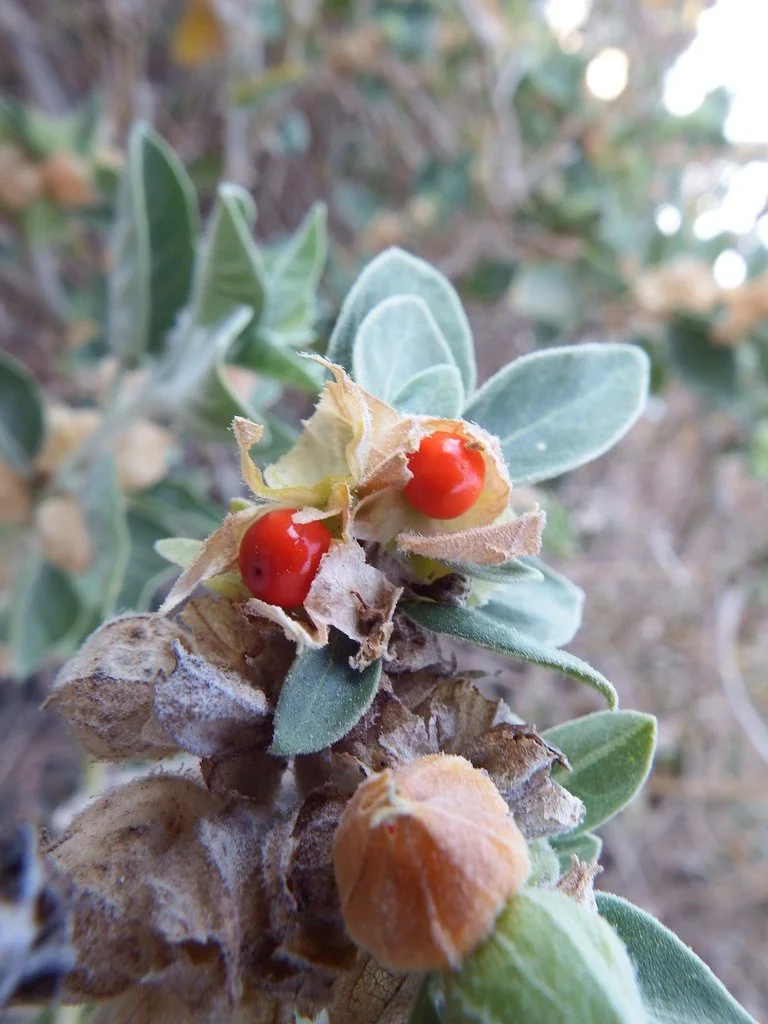Treatment of Alzheimer’s Disease and Dementia in Ancient India
Withania Somnifera- a popular herb used in many Ayurvedic medicines
From the time β-Amyloid, Aβ, was discovered in 19843, it has been a protein of intense focus for drug targeting. Following the first AD drug developed, Tacrine in 1993, many AD drugs have targeted a form of the protein. They work by targeting Aβ at different stages of aggregation, during plaque formation, oligomers, protofibrils, and fibrils. Following tacrine, 140 AD drugs have been tested in clinical trials. The majority of AD treatment comes in the form of medications, but therapies have also become a common way to treat AD.
Similar to ancient China, ancient Indian treatment of AD dementia involved herbs and multi-target approaches including non-pharmacological methods like mantra therapy, psychotherapy, yoga, and meditation, as opposed to pharmacological approaches of Western culture. The history of Indian medicine dates back to the Vedic Age (around 1500 BC), followed by the traditional Indian system of Medicine, Ayurveda, around the middle of the 1st millennium BC. Ayurvedic medicine is based on a more holistic view of treatment, including over 700 herbs and 6,000 formulations to treat diseases. Herbs, like Mucuna Pruriens (Velvet Bean), Withania Somnifera (Ashwaganda), Bacopa monnieri (Brahmi), Centella Asiatica (Gotu Kola), and Curcumin (Turmeric) were used to specifically treat neurodegenerative diseases and have recently been proven to be effective.
The traditional treatments typically used natural resources readily available in the surrounding environment including all parts of plants; seeds, roots, stems, leaves, flowers, and fruits. The combination of these plant parts treated many neurological and related & peripheral ailments. From a cultural perspective, in Western society during the 18th and 19th centuries, people with neurodegenerative diseases were labeled as demented and sent to asylums. This was similar to what happened in ancient China and India, however, in many cases, family members took care of the afflicted either because of traditional cultural practices or because the laws of the time mandated it. Treatments existed for neurological maladies from the time medicine was in its infancy. There has been a lot of research into these ancient methods and the multi-targeted approach is being adopted into the current treatment approaches preferred by patients as noted by the Alzheimer’s Society’s 2023 report.
